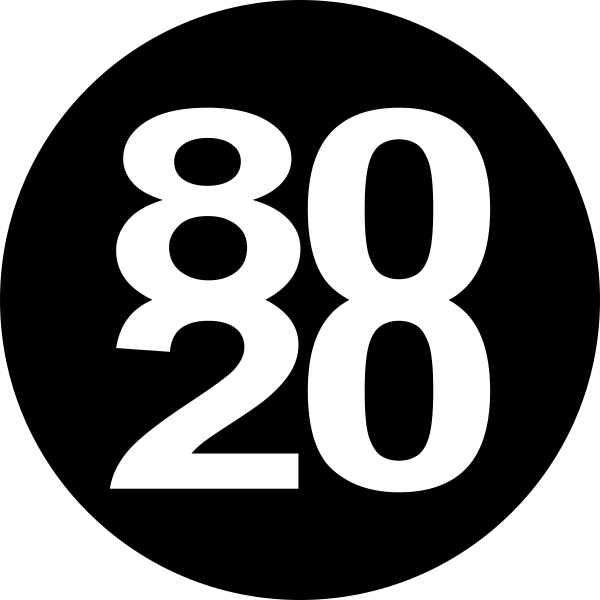80/20 Rule in
Wealth Distribution
The 80/20 rule, also known as the Pareto principle, states that 80% of effects come from 20% of causes. This principle has been observed in various fields such as economics, business, and even in natural phenomena. One of the areas where the 80/20 rule can be applied is in wealth distribution.
It's essential to note that the 80/20 rule is a general guideline rather than a precise formula. While the principle suggests that 80% of effects come from 20% of causes, the exact ratio may vary from case to case. For instance, in some situations, it may be 10% / 90%, 70% / 30%, or similar combination.
The principle suggests that a small percentage of the population holds a significant portion of the wealth. Here are some examples of how the 80/20 rule applies to wealth distribution:
- In the United States, the wealthiest 20% of the population holds 80% of the wealth. According to a study conducted by the Federal Reserve, the top 1% of the population owns more than 40% of the country's wealth.
- In developing countries, the principle is even more pronounced. For instance, in Nigeria, the richest 20% of the population control 73% of the country's wealth, while the poorest 20% only have access to 3%.
- The 80/20 rule can also be observed within the top 1% of wealthy individuals. A study conducted by Oxfam International revealed that the top 1% holds 44% of the world's wealth, while the bottom 50% has only 1%.
- The principle also applies to the distribution of income. In the United States, the top 20% of earners receive 51% of the country's income, while the bottom 20% only receive 3%.
- The principle is also evident in the distribution of assets. For instance, in the United Kingdom, the top 10% of the population owns 45% of the country's total wealth, while the bottom 50% own only 9%.
The application of the 80/20 rule in wealth distribution highlights the unequal distribution of wealth and the concentration of resources in the hands of a few individuals or groups. This concentration of wealth can have various implications on society, such as:
- Widening the income and wealth gap between the rich and the poor, which can result in social unrest and economic instability.
- Concentration of power in the hands of the wealthy, which can lead to a disproportionate influence on government policies and decision-making.
- Limited access to resources and opportunities for those in lower-income brackets, which can result in a cycle of poverty.
- Inadequate investment in public goods and services, such as education and healthcare, as the wealthy may not have a vested interest in supporting these initiatives.
In conclusion, the 80/20 rule can be applied in wealth distribution to highlight the unequal distribution of resources and the concentration of wealth in the hands of a few individuals or groups. While the principle is not without its criticisms, such as its oversimplification of complex social and economic issues, it does provide a useful lens through which to examine issues of wealth and income inequality.
